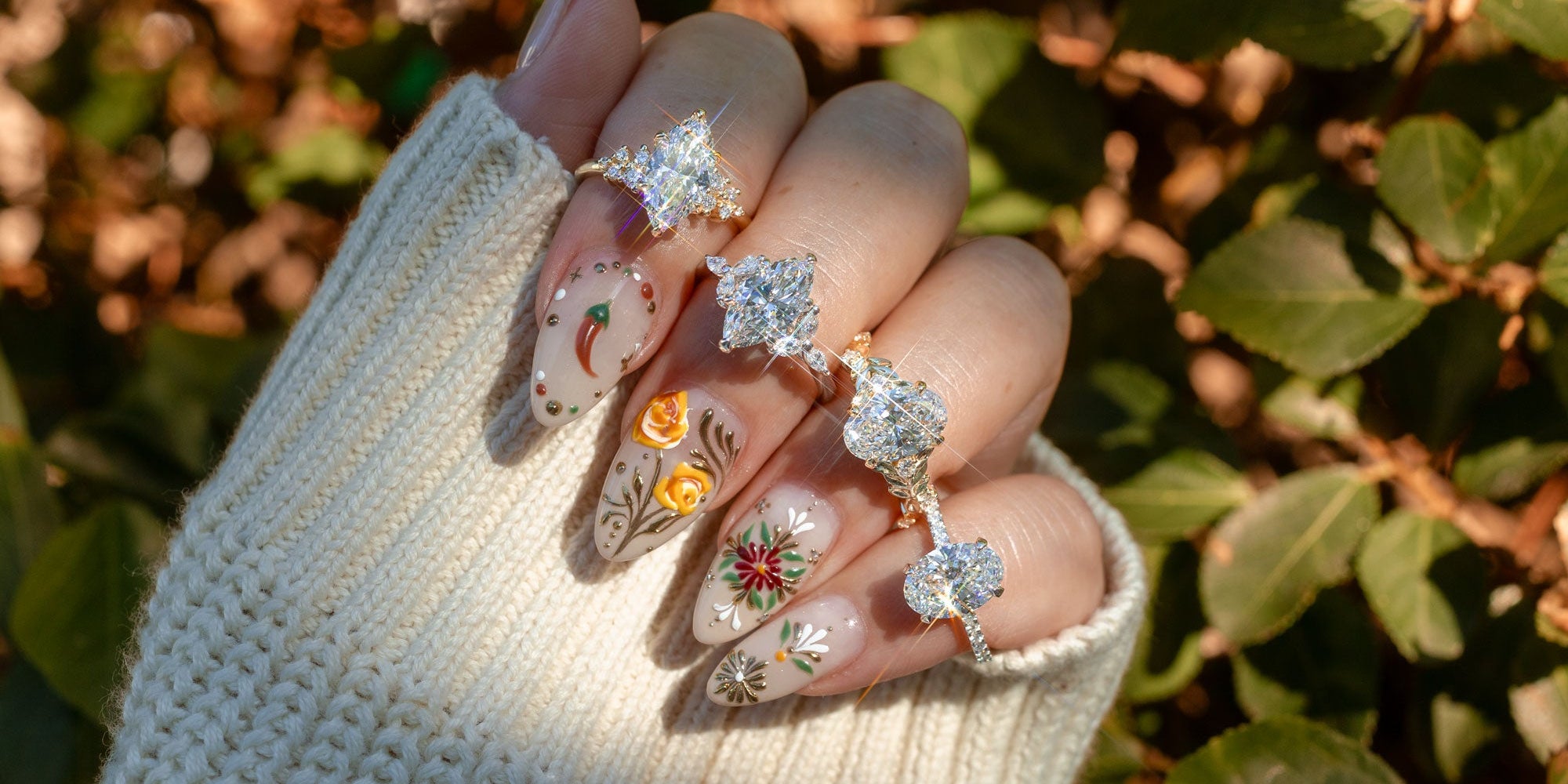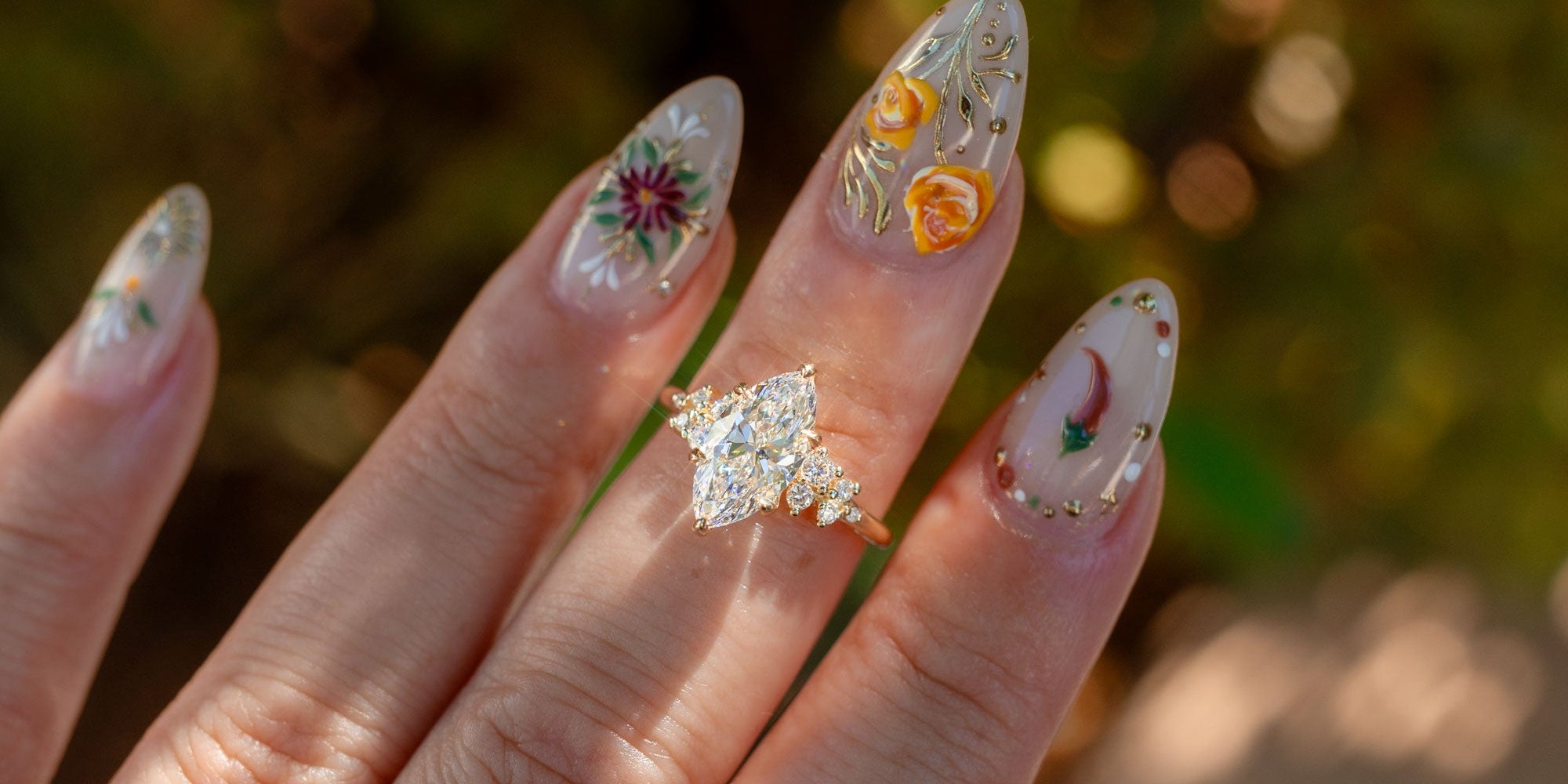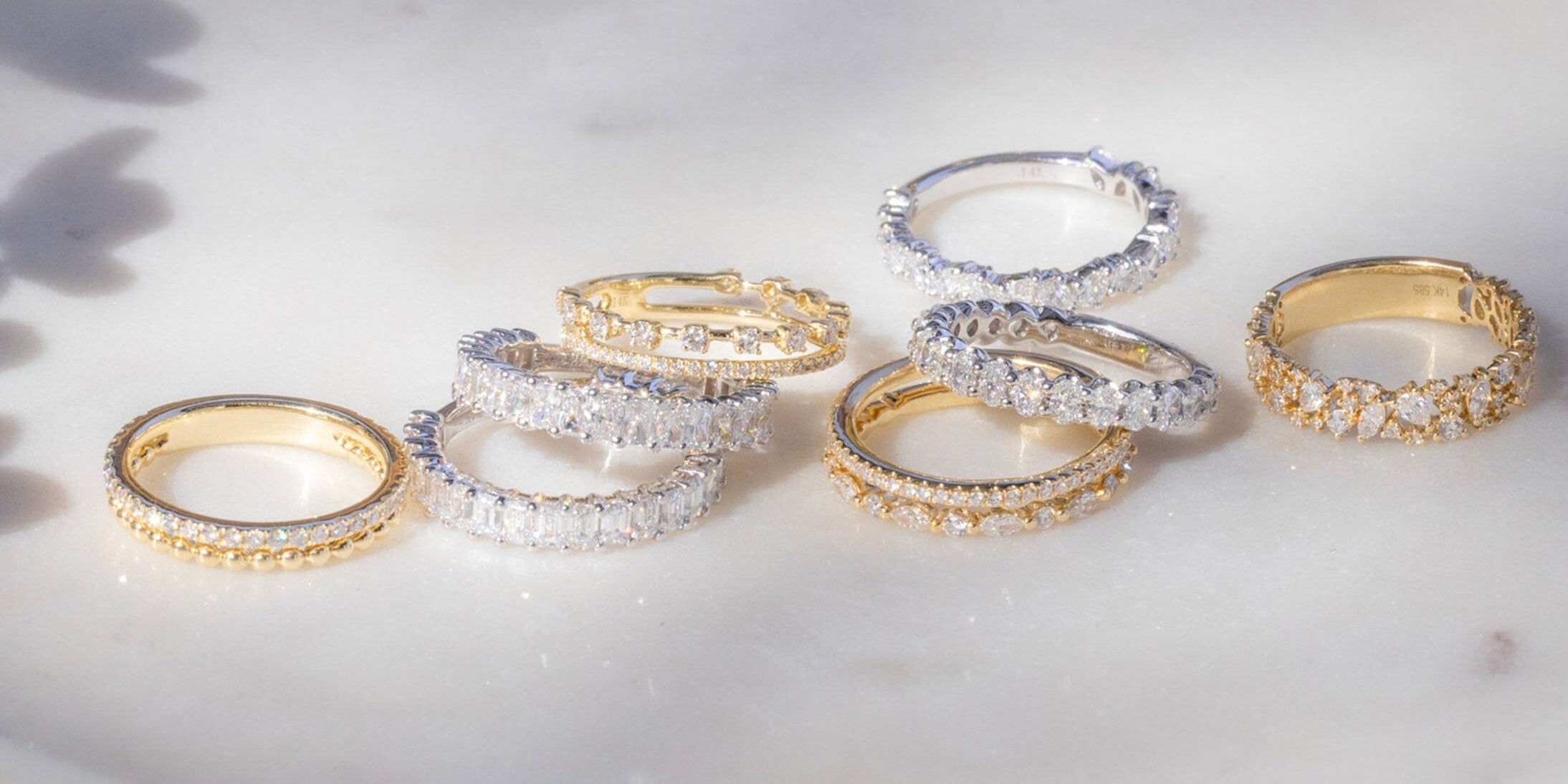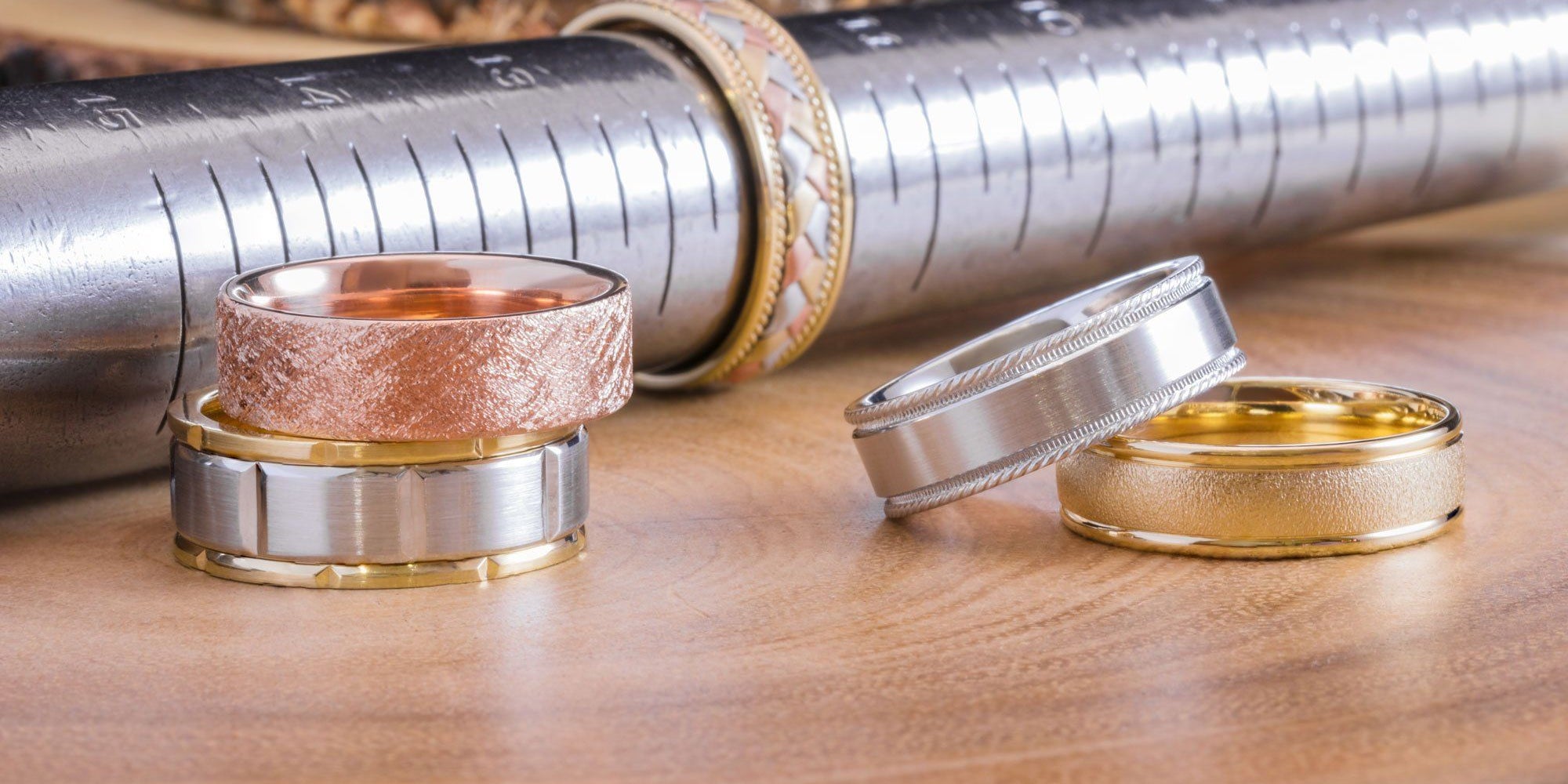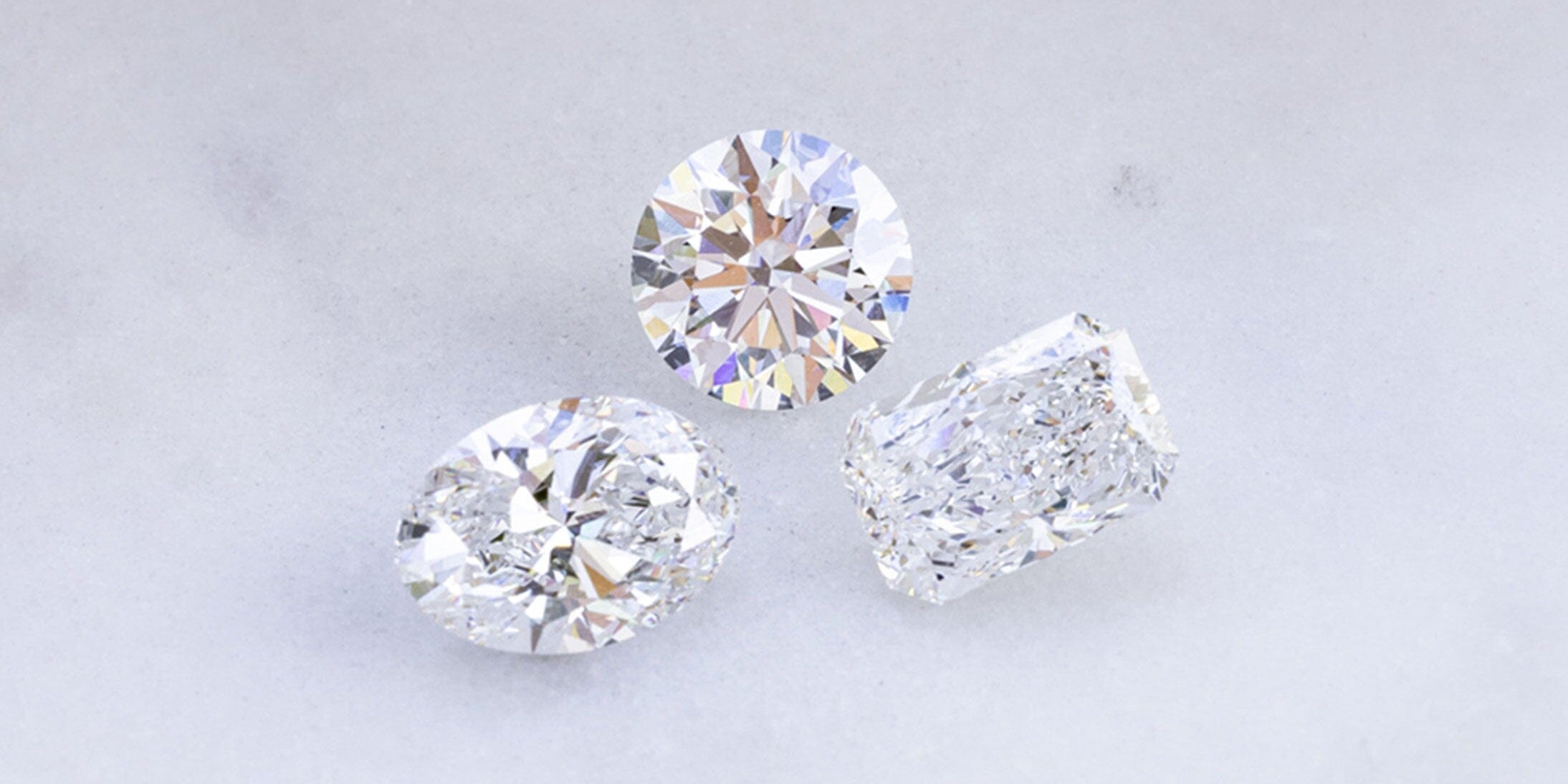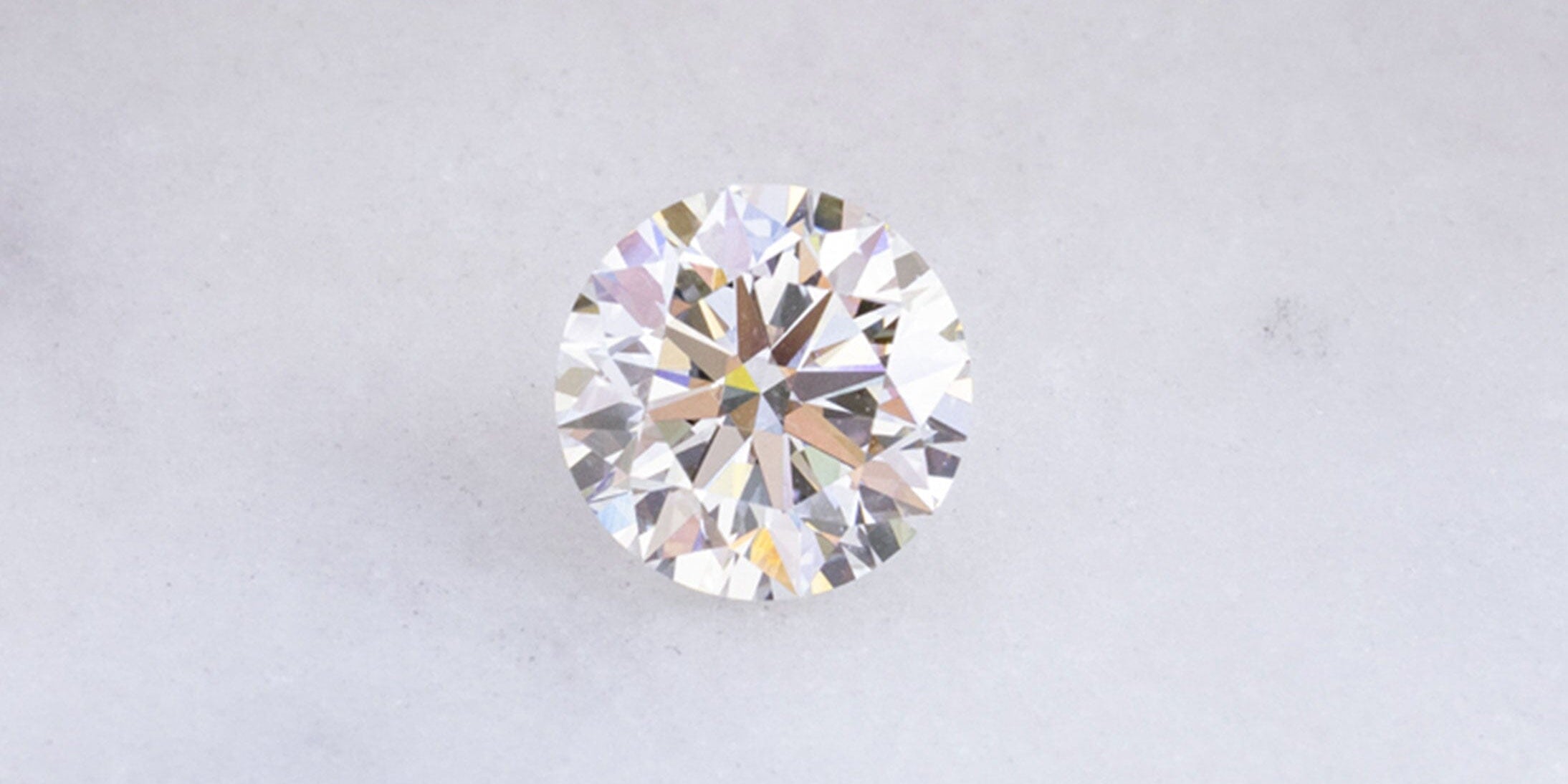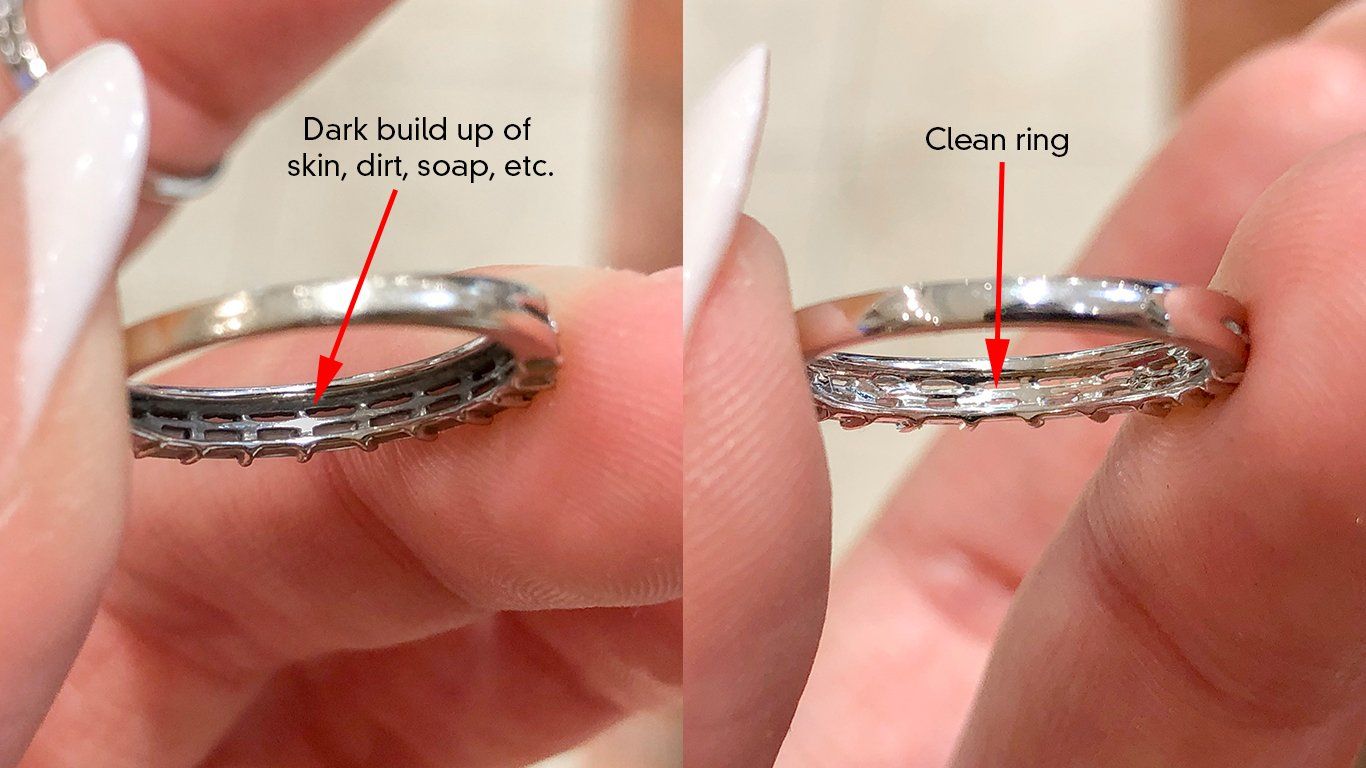General Facts
- Today we are going to be talking about another one of the 4 C’s: diamond cut.
- The cut is extremely important because it has the largest influence on a diamond’s sparkle.
- When we talk about the cut, we are referring to the actual proportions of the diamond, not just the shape.
- In the jewelry industry, each cut in a diamond is known as a facet. These facets will interact with light differently depending on the proportions of the stone.
- The cut grading helps determine how well light is able to travel through the diamond and return to your eyes.
- A diamond at the highest color and clarity can still appear dull due to a poor cut.
How is Cut Graded?
- GIA grades cut on a five-point scale ranging from Excellent, Very Good, Good, Fair, and Poor.
- When a diamond is cut to ideal proportions, the light will travel through and exit from the table on top.
- If a diamond is cut too shallow, it may look larger than others at the same weight, but it will not be as bright because the light is leaking out from underneath.
- If a diamond is cut too deep, it may look smaller than others at the same weight, but the brightness is still compromised because the light will leak to the sides.
- When shopping for diamonds, you will hear these 3 words used often to describe cut:
- Brilliance is the play of brightness and contrast within a diamond.
- Fire refers to the light that is refracting out of the diamond as flashes of rainbow color.
- Scintillation is the intense glittering sparkle created by the dark and light contrast within a diamond.
- It is important to look for an even distribution of brightness and contrast within the stone.
Why Don’t All Shapes Get A Cut Grade?
- Although cut is important to all diamond shapes, round diamonds are the only shape that will receive an official cut grade by GIA. AGS, one of GIA’s many competitors, assigns a cut grade to round and princess cut diamonds.
- There are virtually endless patterns of cutting styles for a diamond. The traditional round brilliant cut is the shape with the most brilliant type of facets that are known for returning the maximum amount of light back to your eyes.
- Due to the variation among fancy shape cuts, such as the marquise, pear, oval, etc., there is no agreed upon standard for grading cut.
- Aside from the cut grade, all diamond shapes will receive a polish and symmetry grade which we can use as a tool to infer how well it is cut.
- Polish and Symmetry are graded on the same 5 point scale as cut
- Polish refers to the smoothness of each facet after being cut.
- Having great symmetry ensures that the facets are perfectly aligned and spaced correctly for maximum light scintillation.
Our Recommendations
- To maximize the brilliance of your diamond, we recommend shopping for a cut great of Very Good or better.
- This added brilliance can actually do more than just look pretty.
- By prioritizing on a higher cut grade, chances are that the play of light will distract your eyes, which can make other aspects of the diamond look better.
- A well-cut diamond may look better in color than a poorly cut diamond, although they are graded the same.
- An excellent cut can also help camouflage inclusions by distracting your eyes with sparkle and making it more difficult to see them.
- There are many tools available to help you determine how well a diamond is cut, but remember to always let your eyes be the final judge. We recommend viewing your diamond in multiple lighting settings to help you make the best decision.



